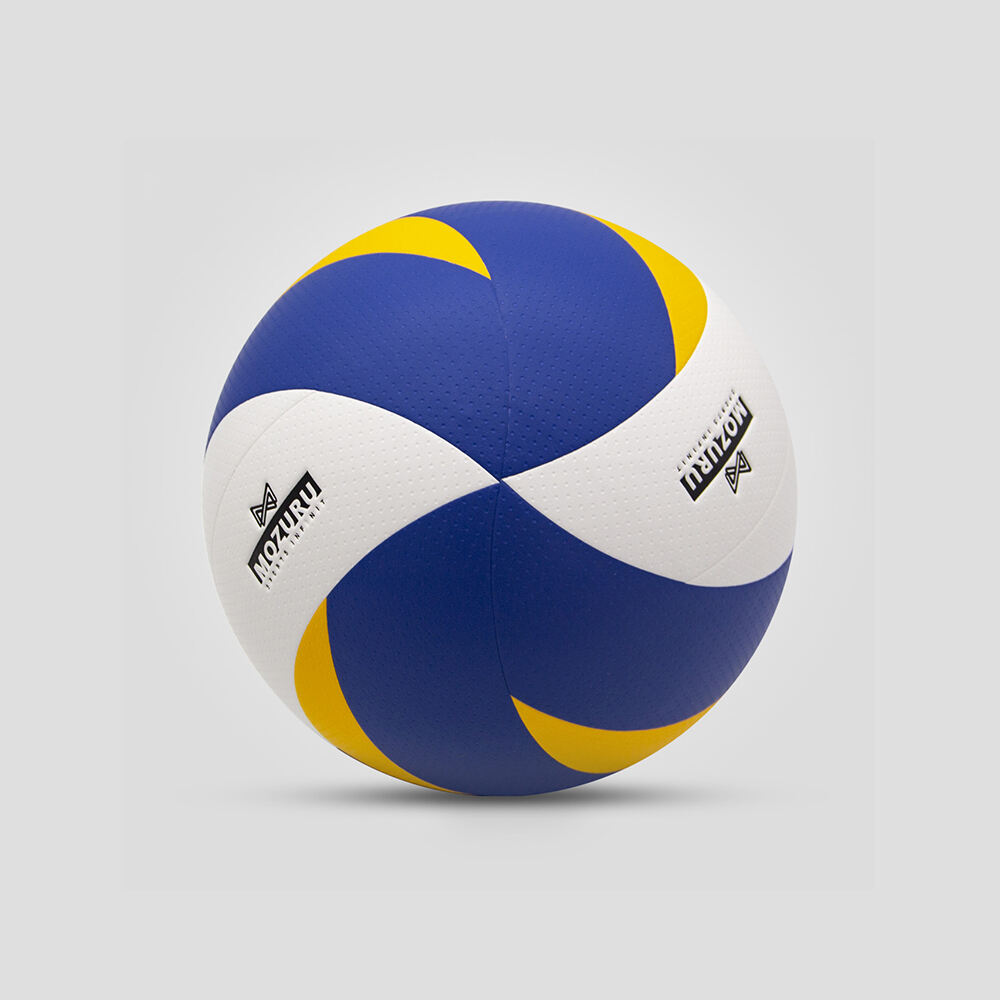Essential Guide to Volleyball Distribution Success
The volleyball equipment market presents unique opportunities for distributors looking to serve both indoor and beach volleyball segments. Understanding the distinct requirements, technical specifications, and market demands for each volleyball type is crucial for distribution success. This comprehensive guide explores the key factors distributors must consider when selecting volleyball inventory to maximize profitability and customer satisfaction.
Understanding Volleyball Market Segments
Indoor Volleyball Market Dynamics
Indoor volleyball represents a substantial market segment, driven by schools, professional leagues, recreational facilities, and sports clubs. The indoor volleyball market demands specific ball characteristics optimized for controlled environments. Distributors must consider factors like consistent bounce, enhanced grip, and durability under repeated impact on hard surfaces. The market also shows seasonal peaks during school terms and indoor league seasons.
Professional and competitive indoor venues require volleyballs meeting strict international standards, while recreational facilities may prefer more durable, cost-effective options. Understanding these varying needs helps distributors maintain an appropriate product mix that serves different customer segments effectively.
Beach Volleyball Segment Analysis
The beach volleyball market exhibits different characteristics, with peak demand during summer months and in coastal regions. Beach volleyballs require specific features to perform well in outdoor conditions, including water resistance, wind stability, and enhanced visibility in bright sunlight. This segment includes both professional tournament-grade balls and recreational options for casual beach play.
Beach volleyball distribution often involves seasonal planning and regional considerations. Coastal areas and beach resorts represent primary markets, but indoor beach facilities and year-round training centers are emerging as significant customers. Smart distributors recognize these patterns and adjust their inventory accordingly.
Technical Specifications and Quality Standards
Indoor Volleyball Requirements
Indoor volleyballs must meet specific technical criteria to ensure optimal performance. Key specifications include weight (260-280 grams), circumference (65-67 cm), and internal pressure requirements. Official competition balls need FIVB approval and must demonstrate consistent flight characteristics. Distributors should stock various grades to serve different competitive levels.
Material quality plays a crucial role in indoor volleyball performance. Premium leather or synthetic leather covers, multi-layer construction, and butyl bladders contribute to ball durability and consistent play characteristics. Understanding these technical aspects helps distributors select products that meet customer expectations and regulatory requirements.
Beach Volleyball Specifications
Beach volleyballs require distinct specifications suitable for outdoor conditions. These include water-resistant materials, slightly larger size (66-68 cm), and softer touch for bare-hand play. The construction must withstand exposure to sand, salt water, and UV radiation while maintaining consistent performance characteristics.
Color schemes also matter significantly in beach volleyball selection. Bright, contrasting colors enhance visibility against sky and sand backgrounds. Distributors should consider these factors when choosing beach volleyball inventory, ensuring their selection meets both practical and aesthetic requirements.
Strategic Inventory Planning
Product Mix Optimization
Successful volleyball distributors maintain a balanced inventory that covers various price points and quality levels. Entry-level balls for schools and recreational use, mid-range options for clubs and regular players, and premium competition-grade volleyballs for professional events should all be represented. This diversification helps capture different market segments while managing risk.
Seasonal demands require careful planning of stock levels. Indoor volleyball sales often peak during school terms and winter months, while beach volleyball demand increases during summer. Smart inventory management involves anticipating these patterns and adjusting stock levels accordingly to avoid oversupply or stockouts.
Supplier Relationship Management
Building strong relationships with reliable volleyball manufacturers ensures consistent product quality and competitive pricing. Distributors should evaluate suppliers based on product quality, delivery reliability, warranty terms, and support services. Regular communication with manufacturers helps stay informed about new technologies and product innovations.
Exclusive distribution agreements and volume commitments can provide competitive advantages. However, distributors must carefully assess minimum order quantities, payment terms, and territory restrictions before entering such arrangements. Maintaining relationships with multiple suppliers can help mitigate supply chain risks.
Marketing and Customer Service Strategies
Target Market Segmentation
Effective volleyball distribution requires clear market segmentation and targeted marketing approaches. Educational institutions, sports clubs, professional teams, and recreational facilities each have distinct needs and purchasing patterns. Tailored marketing messages and product recommendations help build credibility and customer loyalty.
Understanding the decision-making process in each segment is crucial. School purchasing departments may prioritize durability and value, while professional teams focus on performance specifications. Distributors should develop segment-specific marketing materials and sales approaches.
Value-Added Services
Successful distributors often differentiate themselves through value-added services. These might include product testing programs, warranty support, bulk purchase discounts, or technical advice on volleyball selection. Regular customer feedback collection helps identify service improvement opportunities and emerging market needs.
Educational resources and training materials can enhance customer relationships. Providing information about proper volleyball care, storage recommendations, and selection guidelines demonstrates expertise and builds trust with customers.
Frequently Asked Questions
What is the optimal inventory mix for a new volleyball distributor?
New distributors should start with a balanced inventory featuring 60% indoor and 40% beach volleyballs, across different price points. Include entry-level, intermediate, and premium options, with a focus on popular sizes and specifications. Initially, maintain smaller quantities but greater variety to test market demand.
How should seasonal variations influence stock planning?
Plan for 30-40% higher indoor volleyball stock during school seasons (August-May) and increase beach volleyball inventory by 50% during summer months (May-September). Monitor regional weather patterns and local event calendars to fine-tune stocking decisions.
What quality certifications should distributors look for?
Key certifications include FIVB approval for competition-grade volleyballs, ISO quality management standards for manufacturers, and specific material safety certifications. These ensure products meet international standards and customer expectations while providing liability protection for distributors.


